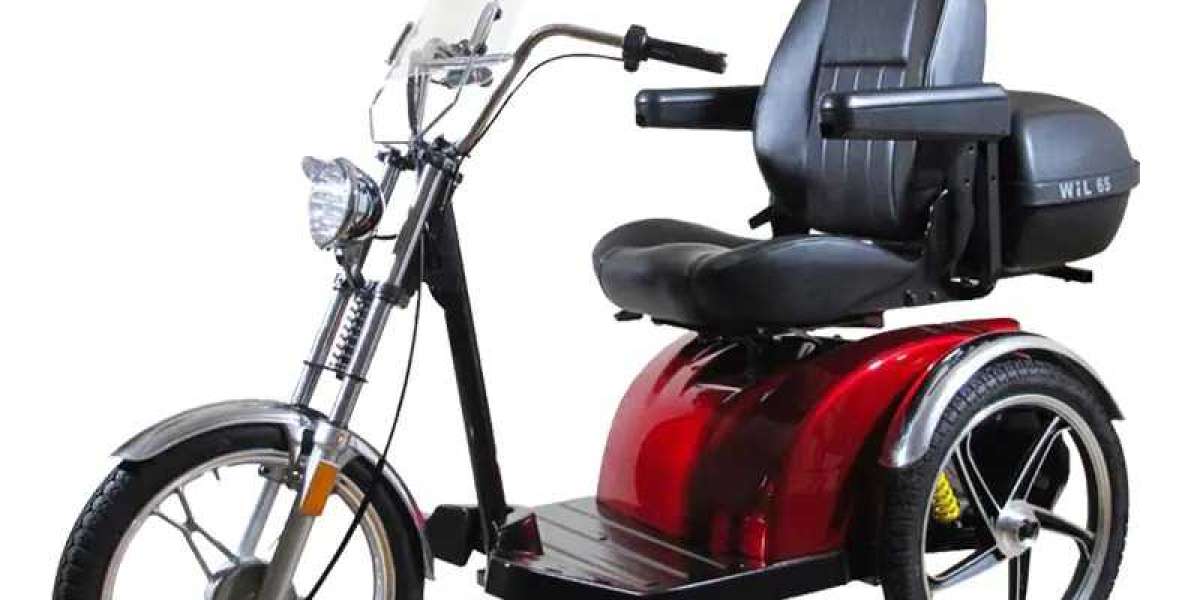The range of a lightweight electric scooter on a single charge can vary significantly based on several factors, including the scooter’s design, battery capacity, motor efficiency, rider weight, terrain, and riding conditions. Understanding these variables can help potential buyers and users gauge what to expect from their electric scooter.
### 1. **Battery Capacity**
The range of an electric scooter is primarily determined by its battery capacity, typically measured in watt-hours (Wh). A higher capacity battery generally allows for a longer range. For example, scooters equipped with batteries ranging from 250Wh to 600Wh can provide different ranges. On average, a scooter with a 300Wh battery may offer a range of about 15 to 25 miles, while a scooter with a 500Wh battery might extend that to 25 to 40 miles or more.
### 2. **Motor Power**
The power of the motor also influences range. Scooters with more powerful motors (usually rated in watts) can accelerate faster and climb hills more easily but may consume battery power more quickly, reducing overall range. Lightweight scooters typically range from 250W to 750W, with higher wattages offering better performance but potentially shorter range under heavy use.
### 3. **Rider Weight**
The weight of the rider plays a crucial role in determining the scooter's range. Heavier riders can expect a shorter range because the motor has to work harder to move the extra weight. Generally, most manufacturers provide estimated ranges based on a standard rider weight, often around 165 to 200 pounds.
### 4. **Terrain and Conditions**
The terrain also affects range. Riding on flat, smooth surfaces allows for greater efficiency compared to hilly or rough terrains, which can drain the battery faster. Wind resistance, temperature, and riding style (such as frequent acceleration and braking) can also impact how far a scooter can travel on a single charge.
### 5. **Speed Settings**
Many electric scooters offer multiple speed settings. Riding in eco mode or a lower speed can help extend the range significantly compared to using the highest speed setting. Some scooters allow users to optimize their range by selecting the most efficient speed for their journey.
### 6. **Real-World Factors**
While manufacturers provide estimated ranges, real-world conditions often yield different results. Factors such as battery age, maintenance, and environmental conditions (like weather and road quality) can all influence performance.
### Conclusion
In summary, the range of a lightweight electric scooter on a single charge can typically range from 15 to 40 miles, depending on battery capacity, rider weight, terrain, and riding habits. For users, understanding these factors can aid in choosing the right scooter and planning rides accordingly, ensuring an enjoyable and efficient commuting experience.














